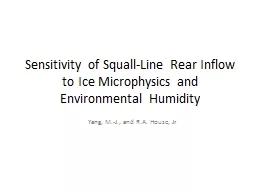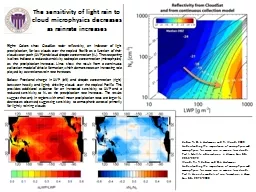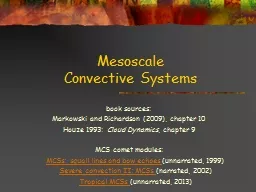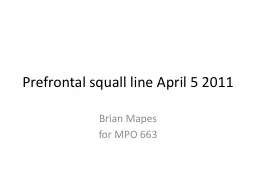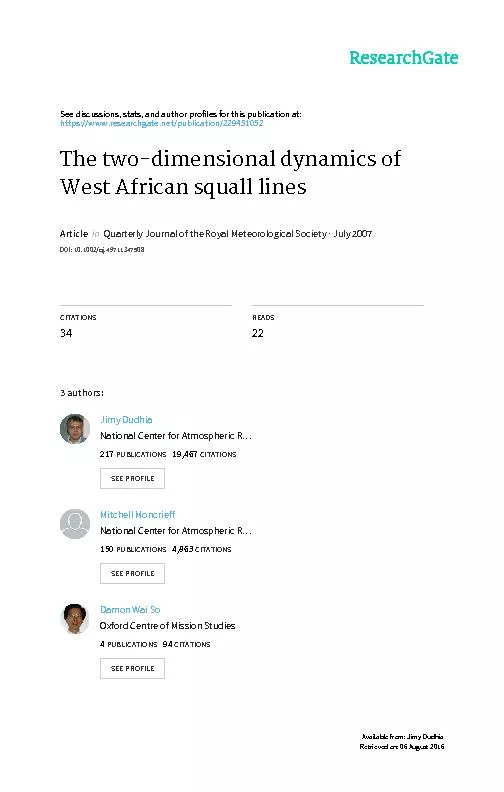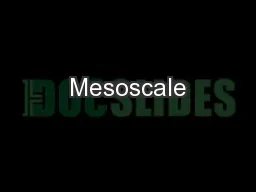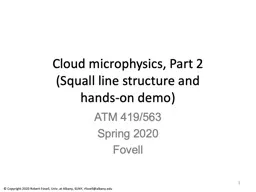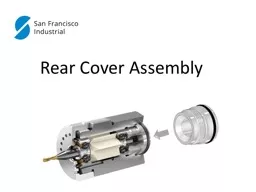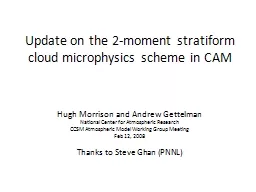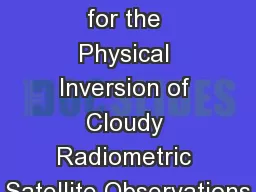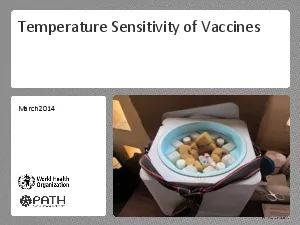PPT-Sensitivity of Squall-Line Rear Inflow to Ice Microphysics
Author : stefany-barnette | Published Date : 2017-01-11
Yang MJ and RA Houze Jr RTF Hydrometeor types Icephase microphysics Environmental humidity No 1 microphysics processes CNTL Full model physics for 15 h Turn
Presentation Embed Code
Download Presentation
Download Presentation The PPT/PDF document "Sensitivity of Squall-Line Rear Inflow t..." is the property of its rightful owner. Permission is granted to download and print the materials on this website for personal, non-commercial use only, and to display it on your personal computer provided you do not modify the materials and that you retain all copyright notices contained in the materials. By downloading content from our website, you accept the terms of this agreement.
Sensitivity of Squall-Line Rear Inflow to Ice Microphysics: Transcript
Download Rules Of Document
"Sensitivity of Squall-Line Rear Inflow to Ice Microphysics"The content belongs to its owner. You may download and print it for personal use, without modification, and keep all copyright notices. By downloading, you agree to these terms.
Related Documents

